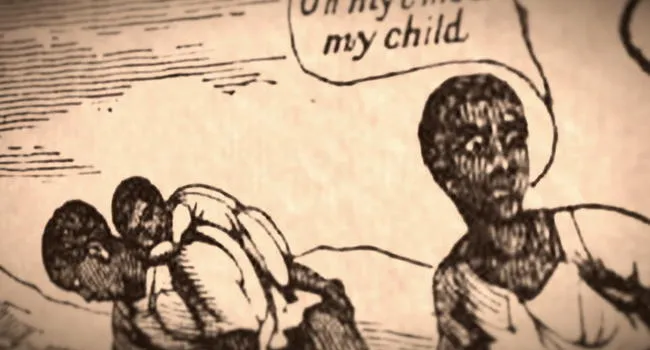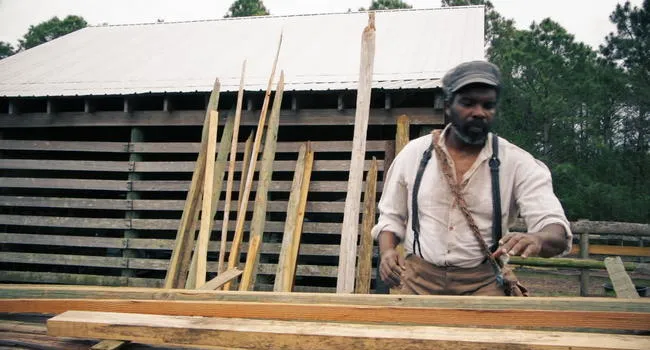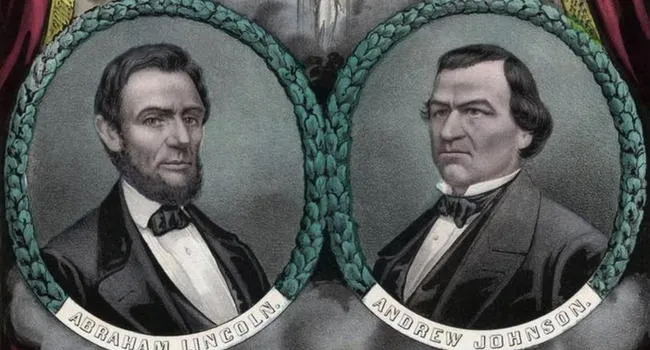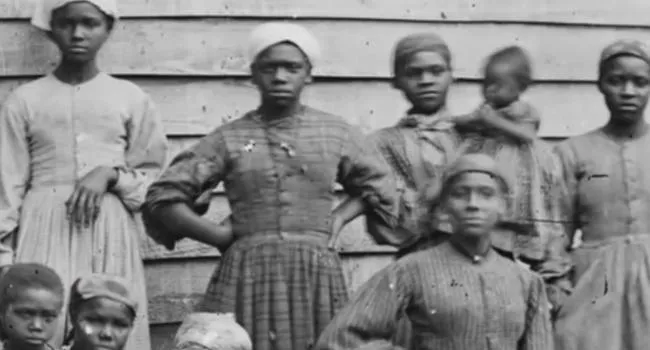Kaltura
Reconstruction 360 is built on a 360 degree video platform that features a reenactment set on a farm in 1865. The reenactment was shot at Freewoods Farm, a living farm museum in the Freewoods community near Myrtle Beach, South Carolina. Today, the descendants of the founders of the Freewoods face loss of their historic land to development.
Standards
- This indicator was developed to encourage inquiry into how different party platforms evolved following World War II. This indicator promotes inquiry into how the major parties came to represent different approaches to fiscal and political governance as well as social and judicial policies.
- This indicator was designed to encourage inquiry into how individuals, businesses, the government, and the foreign sector interact and how economic indicators, such as Gross Domestic Product, unemployment and inflation data, are used to measure the health of an economy.
- EPF.3.ER Apply the laws of supply and demand to determine how changes in market conditions affect prices.
- HG.5.4.HS Explain and analyze how distribution and patterns of urban size and hierarchy shapes the design, planning, and structure of other human settlements.
- This indicator was designed to promote inquiry into the challenges faced by settlements in both urban and rural areas such as employment opportunities, effective governance, and appropriate infrastructure. This indicator also promotes inquiry into sustainability challenges cities face related to energy use, resource availability, and waste/pollution.
- This indicator was developed to encourage inquiry into how cultural characteristics are determined by a broad range of factors and interactions specific to a place.
- HG.3.4.HS Investigate and evaluate the cultural conditions in different regions that play a role in cooperation and conflict over time.
- Human populations and migration patterns vary across Earth’s surface and change through time. The interaction between human and environmental conditions helps to explain the characteristics, spatial distributions, and movements of human populations.
- 8.5.E Utilize a variety of primary and secondary sources to analyze multiple perspectives on the cultural changes in South Carolina and the U.S.
- This indicator was developed to encourage inquiry into how the former planter class, African Americans, women, and others adjusted to, gained, lost, and/or regained position and status during Reconstruction. This indicator was also written to foster inquiry into how South Carolina worked with a stronger federal government and expanding international markets.
- 4.5.CX Contextualize the economic, labor, political, and social conditions in South Carolina during the period of Reconstruction.
- 4.5.E Analyze multiple perspectives of the economic, political, and social effects of Reconstruction on different populations in the South and in other regions of the U.S.
- 5.5.CX Contextualize the changes in rural communities in South Carolina within national and global industries.





